In anime, characters portrayed as villains are not always simply evil; many have understandable motives. Some individuals have clear objectives, yet on the path to achieving their goals, they often resort to questionable methods.
Below are anime characters who, in a different context, could be considered heroes… if only they made fewer drastic decisions.
Pain (Nagato) – Naruto Shippuden
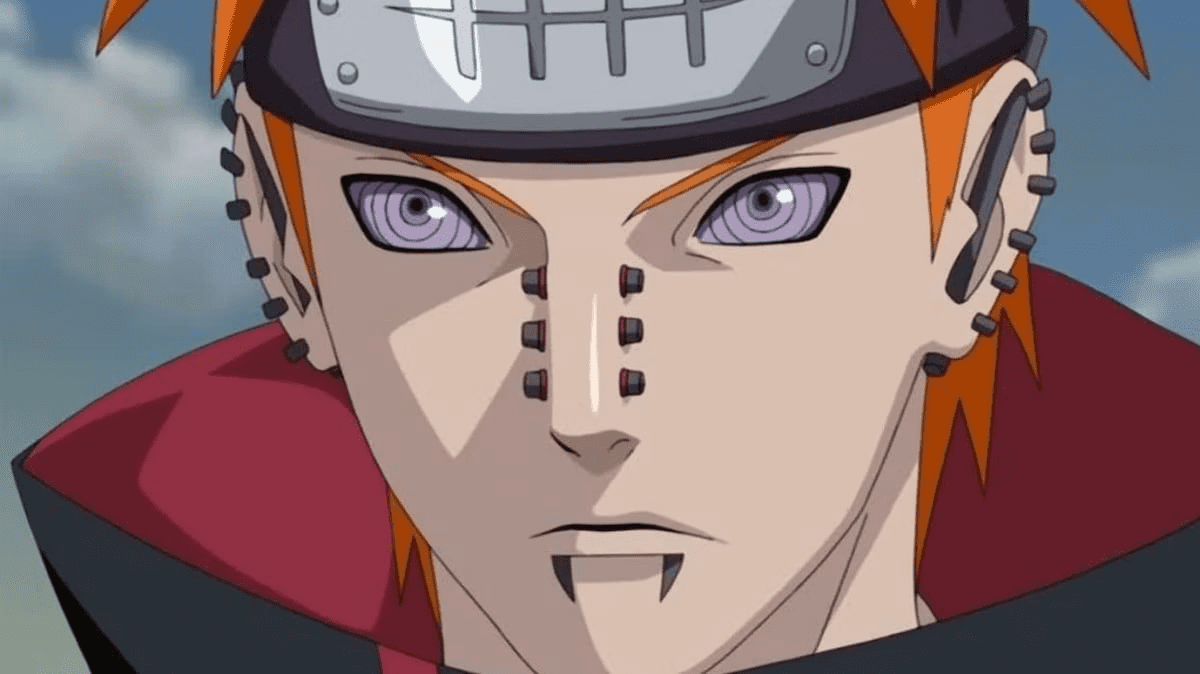
Pain does not seek to dominate the world or retaliate out of sheer malice. His objective encompasses a broader vision: to dismantle the cycle of hatred and restore peace within the ninja world. After experiencing the loss of his family and friends in war, he concludes that true peace can only be achieved when humanity understands the pain of suffering.
The main reason for his actions is the ongoing ninja wars, which perpetuate suffering and loss. According to Pain’s logic, if everyone can feel pain, it will eventually lead to a shared understanding that can halt the cycle of violence.
However, the irony lies in the fact that peace is often built upon the foundation of pain and destruction. Pain’s strategy is essentially: “If you don’t understand peace the easy way, you will have to learn it the hard way.” Yet Naruto shows him that change can come from understanding, not just from annihilation.
Stain – My Hero Academia
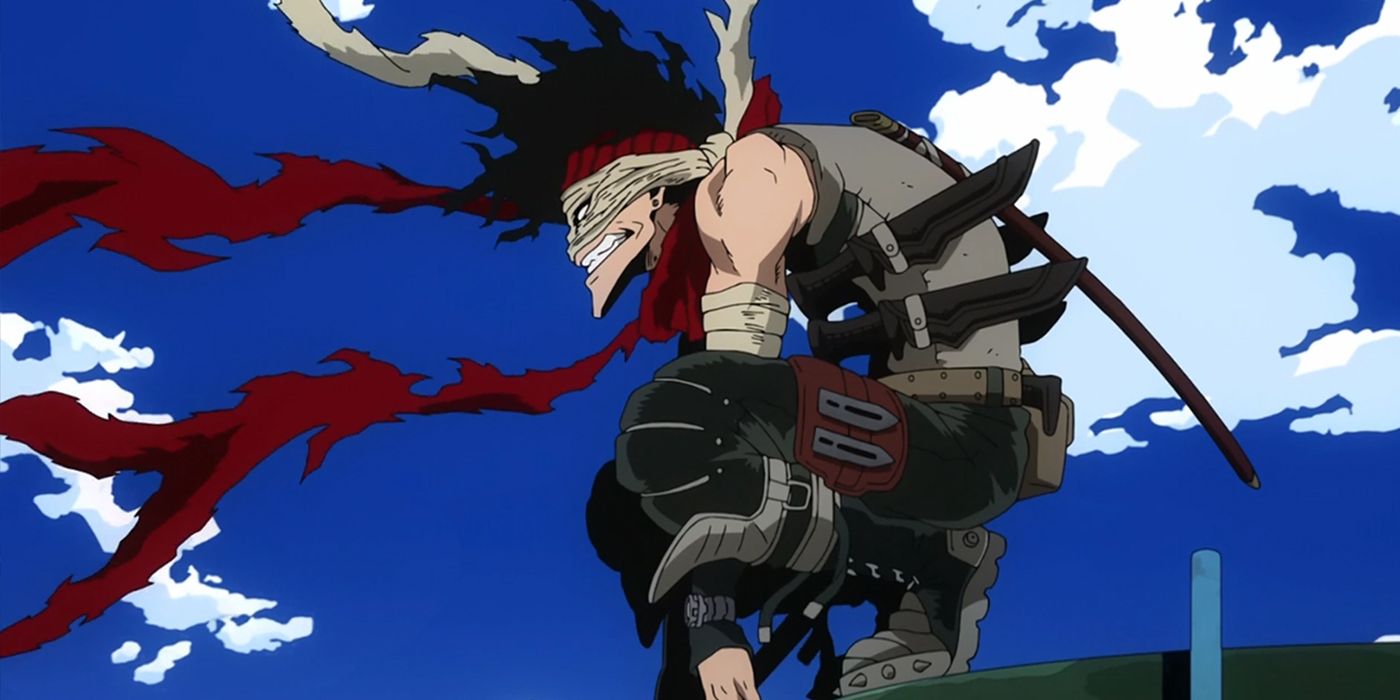
In a world where becoming a hero is a lucrative profession, Stain believes that only true heroes, who embody genuine strength and virtue, should exist. In his eyes, many heroes are merely seeking fame and recognition, which drives him to take matters into his own hands… with a blade.
The main reason for his actions is the pervasive corruption within the hero system: not all who wear the hero’s mantle are worthy. His perspective serves as inspiration for other characters to question the state of a world filled with superficial heroes.
Thus, instead of advocating for reform through dialogue and cooperation, Stain believes that “if you are not a true hero, you deserve to die.” This approach is not the most effective strategy for achieving societal change.
Zeke Yeager – Attack on Titan
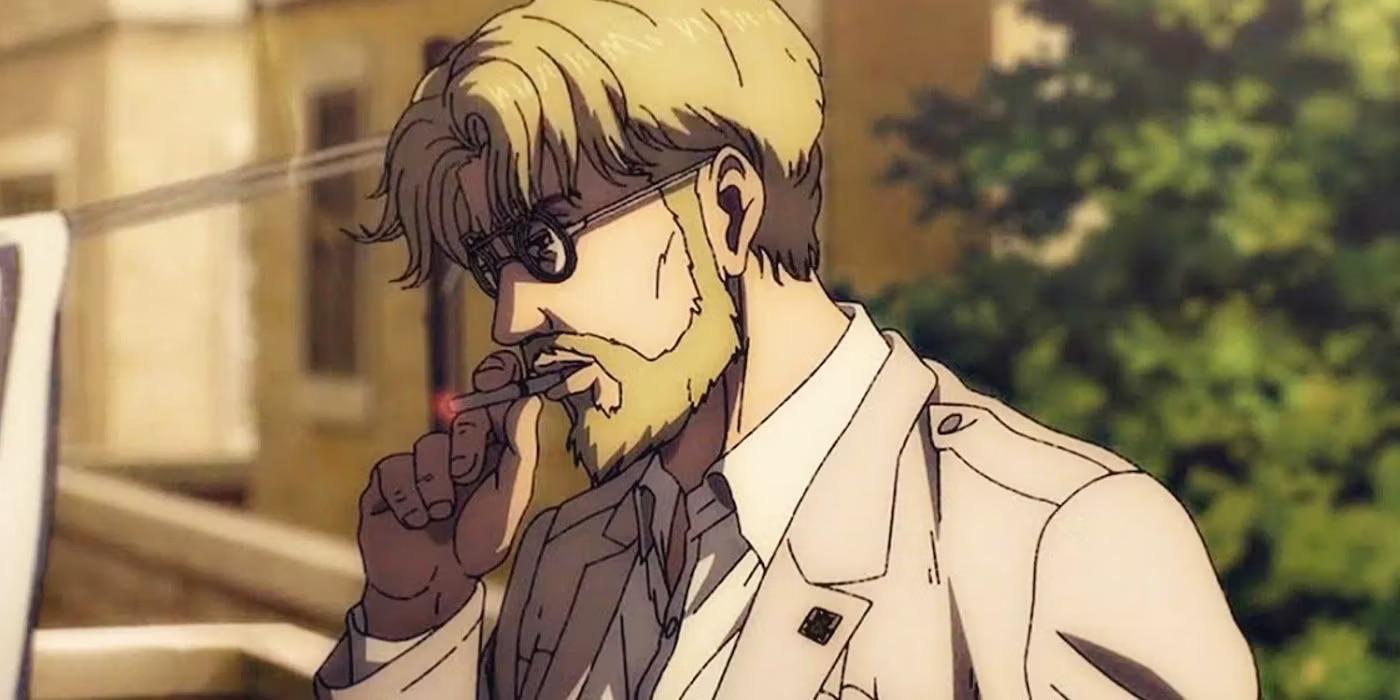
Throughout his life, Zeke has witnessed the Eldians suffer and has used their plight to fuel his own plans. He concludes that the only way to guarantee the end of Eldians is to eradicate them entirely. In his view, the only way to liberate the world from the Eldian curse is to ensure no more Eldians are born.
The main reason for his actions stems from the suffering inflicted on the Eldian people throughout history due to their existence. According to Zeke’s viewpoint, if Eldians no longer exist, the world will be free from oppression.
However, he decides the fate of the entire Eldian population without granting them the choice. His plan does not differ from the atrocities he wishes to prevent, only that he envisions it as a “solution to peace.”
Shougo Makishima – Psycho Pass
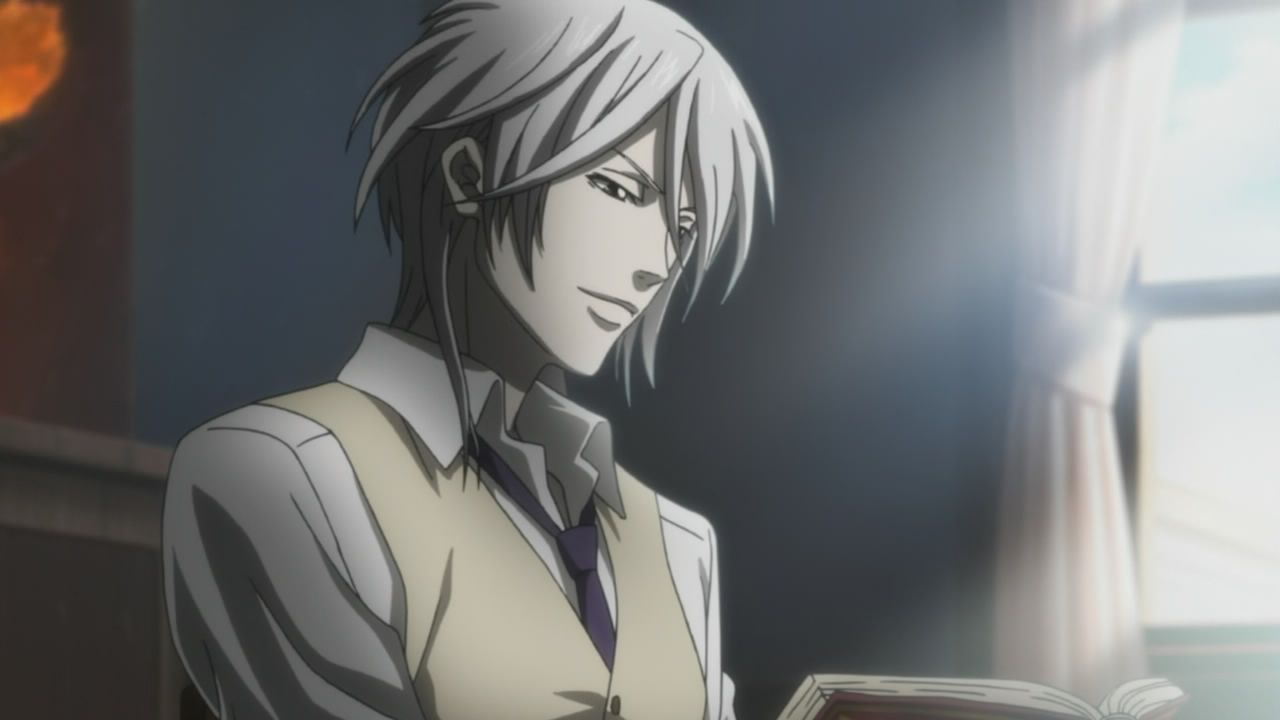
Makishima lacks superhuman abilities and does not wish to dominate the world; he merely desires to see the Sibyl System fail. He is a human who has the capability to discern those who are potential threats before they commit a crime. To him, the Sibyl System reduces human potential to mere statistical calculations.
The main reason for his actions is that the Sibyl System has condemned individuals based on their “potential” for crime without allowing them the opportunity to change. In many cases, the Sibyl System has failed and led to the demise of many innocent people.
Instead of trying to find a way to improve the Sibyl System, Makishima opts for extreme measures… to demonstrate that the system cannot control humanity.
Askeladd – Vinland Saga
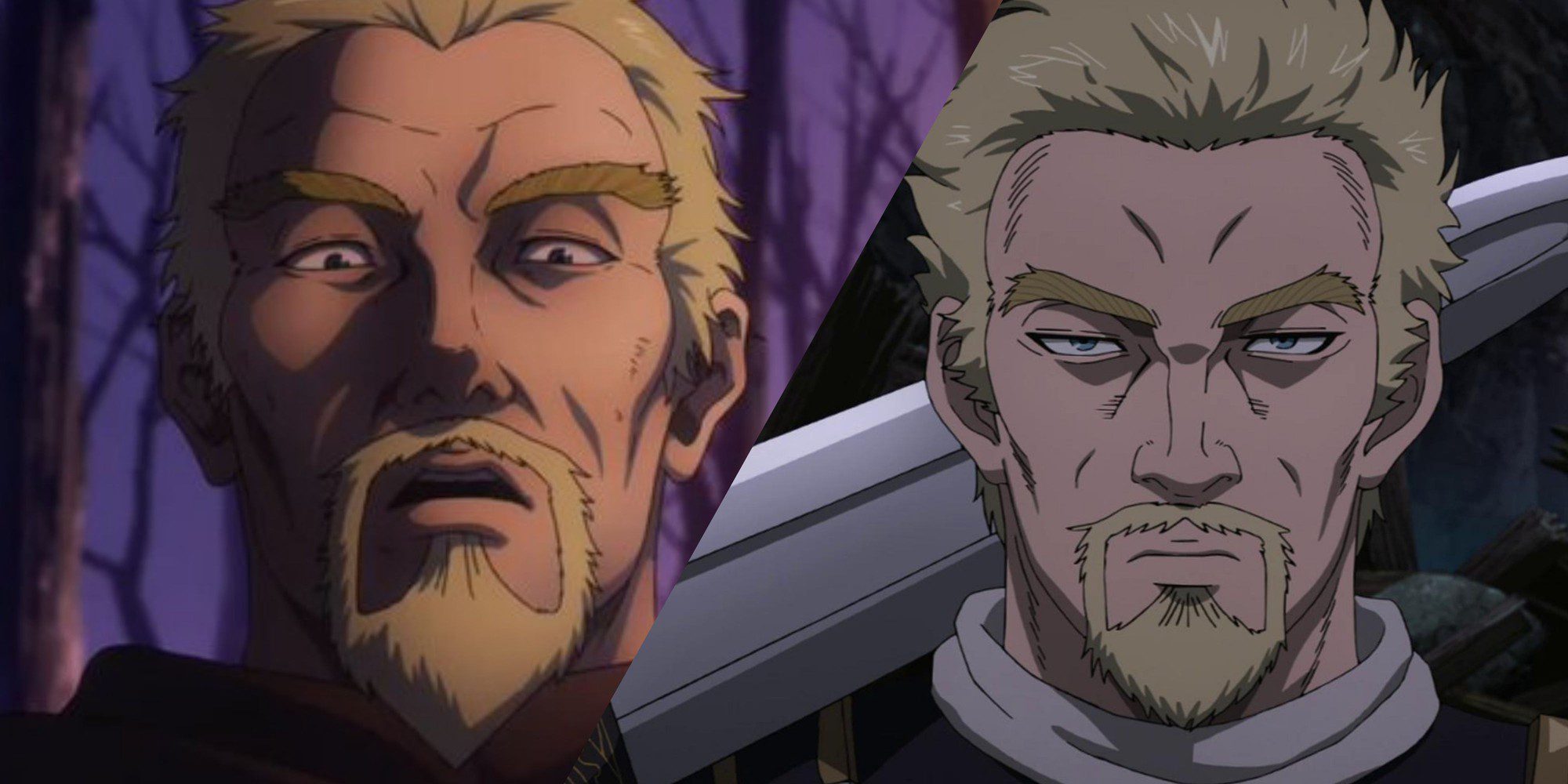
Askeladd is a unique case as, despite appearing to be a mere mercenary, his true aim is to establish King Sweyn’s reign and liberate Wales from Viking control. For many years, he has played the role of a cunning opportunist, yet his true ambition is a long-term plan for his own future.
The main reason for his actions is his desire to unite the people of his race and find a way to achieve his goals through a high-stakes game where power and distribution are at stake.
To achieve his objectives, Askeladd manipulates, divides, and sacrifices those who trust him. While his goals are noble, the means he employs often reflect the destructive nature of his ambitions.
These characters illustrate that not all villains in anime are inherently “evil.” Their motivations are often compelling, complex, and in some cases, deeply relatable. However, the methods they choose to achieve their goals can often lead them down a dark path, transforming them from potential heroes into tragic figures.





















